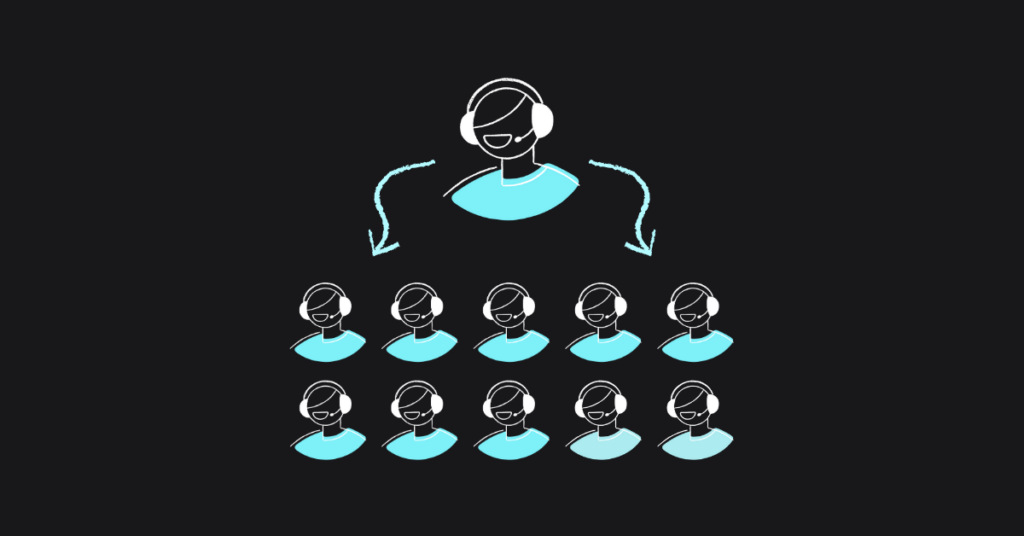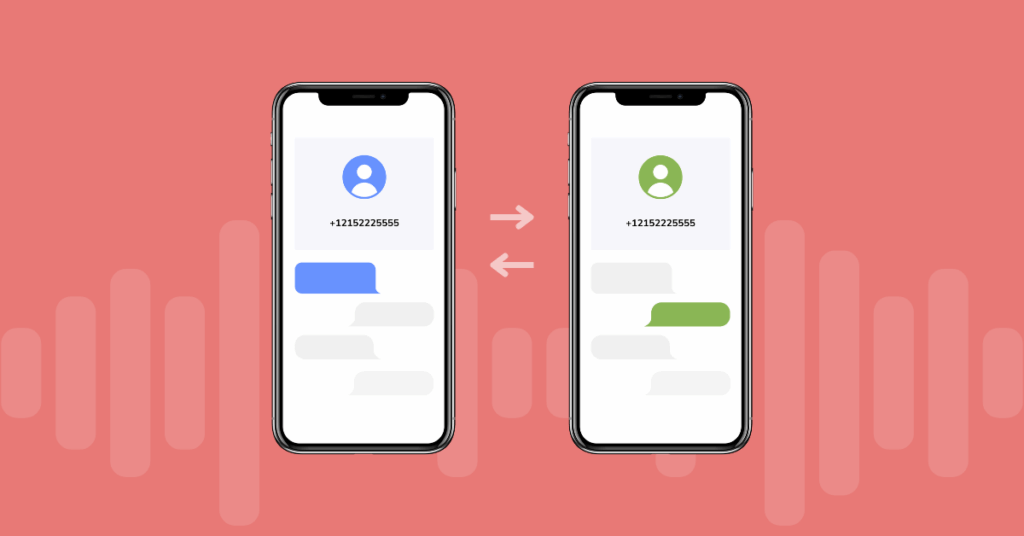
Table of contents
Businesses have meetings all the time, it’s an essential tool for communicating with colleagues. However, these meetings are not always face-to-face. While in-person meetings are effective and productive, you may not always have that option. Quite often, you can have effective conference calls that achieve the same goals as a meeting.
The current pandemic is a good example of how meetings don’t always have to be in-person. Even before this pandemic, thousands of organizations were having virtual meetings via conference calls. As your company grows, all your employees may not work in the same office. You may need to meet with suppliers or partners from different countries or even halfway around the world.
In most of these situations, it may still be possible to meet in-person, unlike a pandemic. But that does mean meetings can be expensive, time-consuming, or just impractical if you only insist on meeting in person. Instead, an effective conference call can allow teams to do more in less time and with fewer resources (time, energy, and money) wasted.
Tips for effective conference calls
Now you may have attended conference calls before, just you would have been to several meetings in the office. However, not all conference calls are the same. There are ones where attendees are late, confusion prevails and in the end, everyone feels it was a waste of time. Then there are others where the meeting leader was prepared, the participants have a good discussion, and important decisions are made. Naturally, business leaders want more of the latter and less confusion.
But leading effective conference calls needs skill and practice. Some of the tips below are common to any meeting – in person or otherwise. But you should note some additional or different aspects when the meeting is virtual, with or without video. So here are a few tips to help you conduct the most effective conference calls for your business.
Things to consider before starting the call
As with any meeting, you should take care of a few things before the call even starts. Remember that conference calls rely on technology and it can take more preparation than simply reserving a meeting room down the hall. For those who have never used a conference calling solution or never attended a conference call, even joining one can be an adventure.
Keep in mind that all conference calls are unique, so while introductions are necessary for one, others may not need it. The same goes for a conference call where everyone is remote as opposed to one where only some are dialing in.
1. Test the equipment
Well before you start a conference call, test your equipment. And it’s not just your computer. Check your internet connection, the headset you will use, as well as any other equipment you might need. Don’t forget the software either, especially if you’ve not used this specific solution before. Once you’ve ensured everything works as it should remind other participants to do the same. Offer to help get their equipment set up if needed. It may feel like a lot more work but you will be surprised at the effectiveness of your conference calls.
Many businesses use a separate conferencing system that’s not connected to regular phones. This makes it harder to get everyone on the same page as they don’t use the solution every day. Instead, you might want to consider a business phone system that includes a conferencing solution built-in. Hosted VoIP services like VoIPstudio are a fantastic solution if you intend to have regular conference calls.
2. Understand the software and hardware
Now that you know the hardware and software works, it’s time to get to know it better. You should know the software and physical buttons for muting and unmuting yourself. The last thing you want is to hear background noise from several participants or yelling in the background because someone is working from home.
Other features you should be familiar with is turning the video camera on and off. Many times a conference call has been disrupted by abrupt departures or due to participants turning on the camera when they did not intend to. Also, make sure you know how to rejoin the call if you happen to leave or anything else causes you to drop out.
3. Decide the parameters
This is also something you should do well in advance, even before you send an agenda. Decide the parameters of your conference call
- Will you allow or block video?
- If someone wants to join via audio, is that ok?
- Can participants join and leave as their section requires or does everyone have to be there from start to finish?
- Will the call have a set time or do you need to continue until you make a particular decision?
These details are important for everyone to know so they can prepare. You really don’t want to surprise people with a conference call on Monday morning that takes 4 hours without advance notice!
4. Send out an agenda
Once you have the parameters, it’s time to send out an agenda. It might sound old-fashioned but an agenda helps everyone understand the purpose of the call. Having an agenda for the call increases the odds of having an effective conference call. Clearly state the meeting topic(s), when the call will start and end, the names and roles of all the participants, along with any other pertinent details. If your call has many participants, it may help to designate a note-taker or record the call so you can note down details later.
5. Join ahead of the set time
The leader – in this case, you – should always join the call at least 5 minutes before it is due to start. No one likes a meeting where the leader is late. Be prepared to chat and make small talk while waiting for everyone to join. Do not start the formal introduction before everyone joins but chat with the others for a few minutes.
During the call
So everyone is here and you’ve started the conference call. What do you do next? Dive into the meeting since everyone knows each other? No matter the context, there are some things you should do during the call so you can have a productive meeting.
1. State the agenda
This is An easy way to kickstart the conversation. State the agenda you’ve sent out and ask if anyone wants to add any important item right off the bat. This allows you to control the meeting and make sure you don’t end up wasting time on irrelevant topics.
2. Introduce yourself
Not only should you introduce yourself at the beginning but also introduce others. Even if you know all the participants, it’s always a good idea. You can also ask them to introduce themselves. The only time this can be skipped is if you have regular meetings with the same group or everyone works together.
3. Refer to people by name so everyone knows who needs to reply
This tip is crucial to avoid confusion but not many people do it. Throughout the meeting, always refer to people when asking a question or expecting a reply. This avoids the awkward confusion of who should reply to something or where everyone is waiting for someone else to talk next. It also lets people know who is replying as people can sound the same over the phone.
4. Mute yourself and other participants
This is a basic conference call tip but it’s surprising how many people need the reminder. Whether you’re at a coffee shop, the office, or at home during the conference call, do you really want everyone to know about it? Even worse, the background noises from a lot of microphones will be disorienting or even deafening for other participants. As the person leading the call, you may have the tools to mute others as well so use it.
5. Time checks throughout the call
Make periodic time checks throughout the call. It serves as a reminder to everyone to keep on track and not get distracted. It is also a good way to show everyone that the call is close to a conclusion.
6. Conclude appropriately
When you finally wrap up your discussion, conclude appropriately. This may mean summarizing the discussion, reiterating any decisions that were made, or to prompt participants about follow up actions. If it is a recurring meeting, remind everyone about the time and date for the next call.
After the call
Is that all it takes to lead an effective conference call? No, you have a bit of work to do even after ending the meeting. Once you have your meeting notes ready, send it out to everyone. Don’t forget to include any agreed-upon decisions and remind everyone about the need to continue where you left off if needed.
Finally, make sure to schedule follow up meetings or any other action you need to take as a result of the discussion. You can also ask for feedback on the conference call and consider any improvements for next time.
Sign up for a free trial and improve you conference calls with VoIPstudio.
More from the blog
Want to improve your business communication?
Unlock enterprise-class call center power at affordable prices – no hardware, no delays, no surprises!






